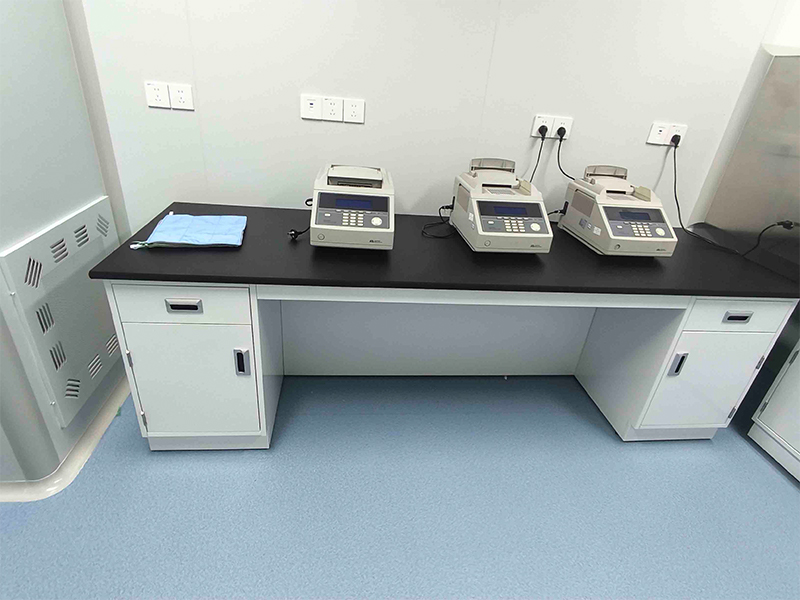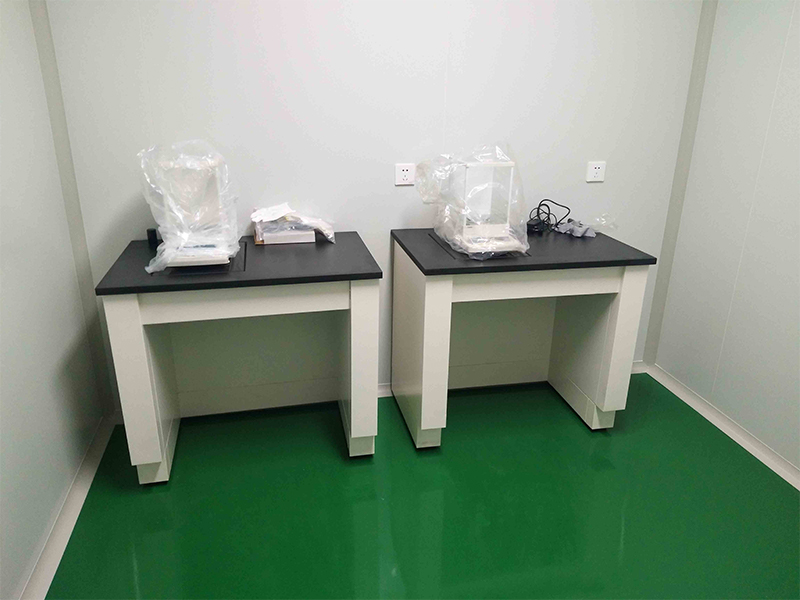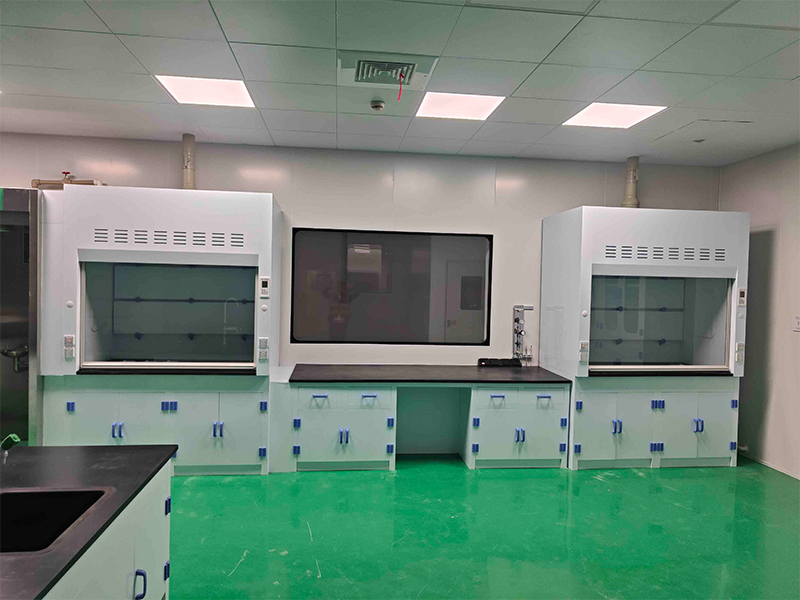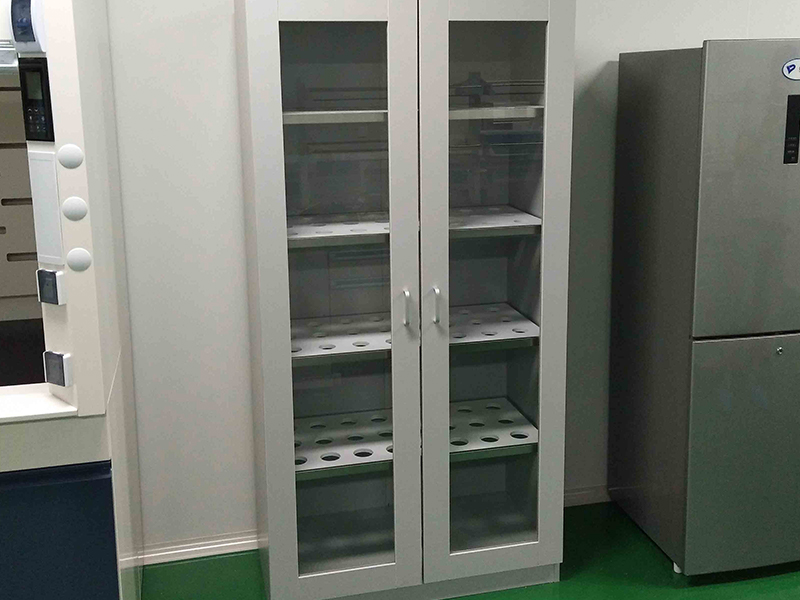Let’s be real: sloppy gas pipe installation in a lab is a one-way ticket to disaster. We’re talking gases like nitrogen, oxygen, stuff you really don’t want spraying everywhere. So yeah, you gotta take this seriously.
First off, the rules. There are actual standards (not just some cranky old chemist yelling at you), both local and international, and they’re strict about what you can use: stainless steel, copper, sometimes a fancy polymer pipe—because, you know, nobody wants rusty pipes contaminating their precious gases. Don’t forget the labeling. Color codes aren’t just for show; they stop you from hooking up oxygen to the nitrogen line and making a real mess.
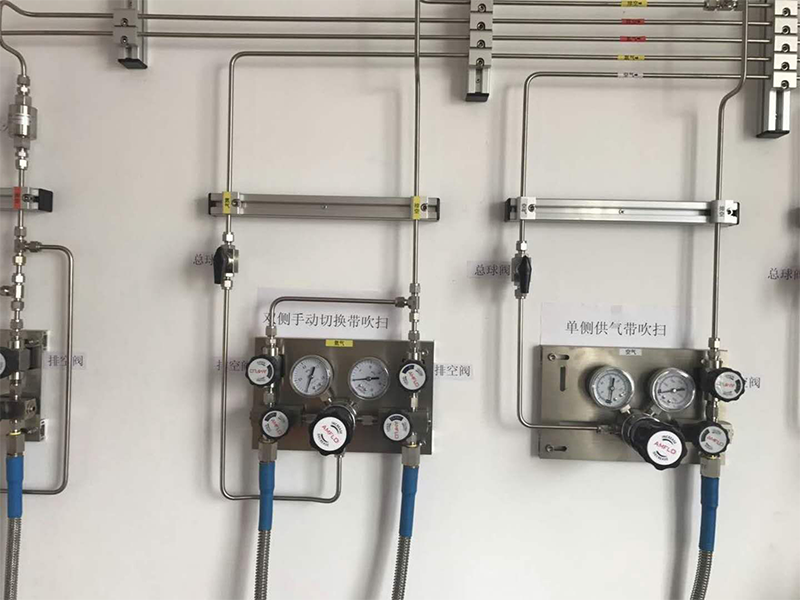
Leaks? Oh, they happen. That’s why, before you even think about using the system, you pressure-test everything. People use old-school soapy water, snazzy electronic sniffers, whatever gets the job done. And if you find a leak, fix it. No “I’ll get to it next week.” While you’re at it, keep checking those seals, joints, and valves—stuff wears out, even if it looks fine.
Now, safety checks. This isn’t just some box-ticking exercise. You gotta make sure pressure regulators actually regulate, shut-off valves actually shut off, and all those emergency stops work when you smash them in a panic. Ventilation is non-negotiable. Ever smelled a gas leak? You don’t want to. Alarms need to be loud enough to wake up the dead. And yeah, train your people. If someone panics and starts fiddling with the wrong thing, you’ve got bigger problems than missing paperwork.
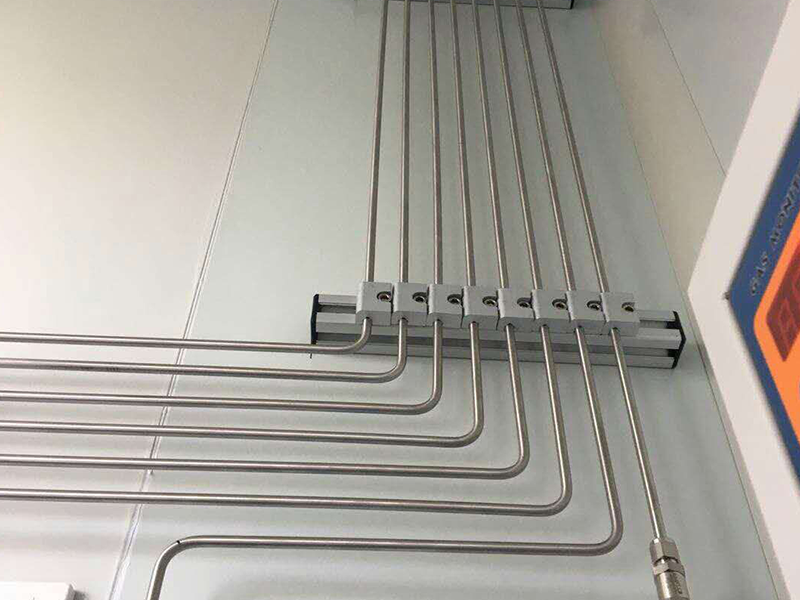
Speaking of paperwork—don’t slack. Keep records of everything: what you installed, who checked it, what you fixed, the works. Not just because the safety inspector wants to see it, but so you don’t forget what’s actually in your walls.
Bottom line: Setting up lab gas piping isn’t a DIY project for Sunday afternoon. If you don’t stick to the standards, keep leaks at bay, and stay on top of your safety checks, you’re asking for trouble. Do it right, keep your lab safe, and maybe sleep a bit easier.

